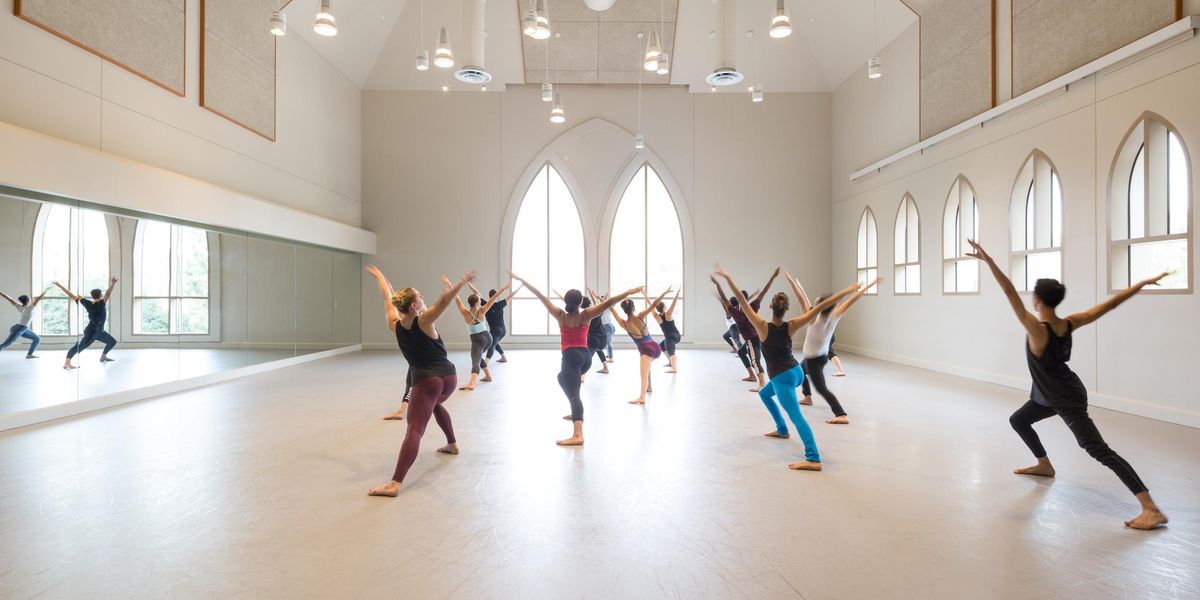Costume Designers Need to Hear the Music
The New York City Ballet gala last week saw a huge improvement in the fashion department. Ballet lovers cringed last year at the over-the-top ruffley gowns and bulbous tutus by Valentino. This year, two of the three chosen designers gave their choreographers a welcome gift that helped the audiences see the movement. (The third designer, Olivier Theyskens, did a decent job for Angelin Preljocaj’s Spectral Evidence, but the piece was so heavy-handed that I’m not up for talking about it.)
But first, more examples of bad costumes. Last year, I immediately liked Benjamin Millepied’s Two Hearts, but I thought the costumes almost ruined it. The aggressively striped tops by Rodarte looked blocky and didn’t move well. I’ll bet the Rodarte sisters never even listened to Nico Muhly’s haunting music.
Likewise, the costumes for Justin Peck’s Year of the Rabbit had stiff little blue skirts. You saw his highly patterned tableaux, but you didn’t get much of a sense of motion—and all the dancers looked the same. (I complained about some of these costumes in this blog post last year.)
Sterling Hyltin and Tyler Angle in
Neverwhere. Photo by Paul Kolnik, Courtesy NYCB
This year, it’s a different story and a better one. At NYCB’s recent gala, Iris Van Herpen’s hard-surfaced black costumes for Millepied’s new Neverwhere helped make this an utterly contemporary ballet with a sense of another time and place (Mark Stanley’s projection of a pyramid on the backdrop contributed to this). Maybe they were deep-sea divers on the moon. Or human-size ravens circulating above a desert.
In the pre-show film, Van Herpen was playing with round objects made of some hard, shiny black substance, cutting and pleating them. It looked like it was going to be a disaster. But onstage, the costumes were sensational. Rather than reflecting light in a sparkly way, they looked like frozen black sleek body coverings. They didn’t constrain the dancers, but you could hear the armor crackle as bodies changed positions. The women’s boot-wrapped pointe shoes alone were worth the money.
The choreography mingled the dancers with an organic connectivity rarely seen in classic ballet. Instead of rows or entwining garlands of people, they seemed to all be part of a liquid environment, like a dark, shimmering lake at night. (It has the same surging kind of fluidity that I liked about his piece Quasi Una Fantasia.) And the final duet between Sterling Hyltin and Tyler Angle is gorgeous with a dark edge. The costumes, pyramid backdrop, music by Nico Muhly, and choreography all came together to produce a gripping experience. (I just wish the frequent blackouts were more like dim-outs so we could partly see the transitions.)
Taylor Stanley and Brittany Pollack in
Capricious Maneuvers.
Photo by Paul Kolnik, Courtesy NYCB
Another success on gala night, though for a shorter and more modest work, was the costumes that Prabal Gurung designed for Justin Peck’s new Capricious Maneuvers. The three women had little chiffon-y tunic/skirts that moved like the breeze, giving this quintet some freshness. The costumes made Peck’s playful push-and-pull partnering more visible. It was fun to watch some dancers slide others under the piano, where they stayed for a while, as if finding a secret hiding place. It reminded me of the witty part of Rabbit when they were lying down, half hidden by the wings. The bright red that Gurung had given to Brittany Pollack was just the right choice. She took the color and ran with it.




